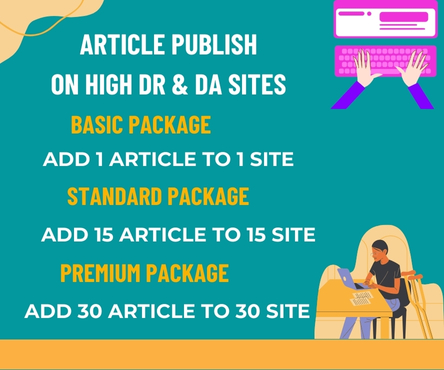Diastasis recti, a condition where the abdominal muscles separate, commonly affects women during and after pregnancy. However, it can also impact men and newborns. This separation occurs when the connective tissue, known as the linea alba, stretches or thins out due to pressure or rapid expansion of the abdomen. While it might seem like a purely cosmetic issue, diastasis recti can lead to more serious health concerns if left untreated. Fortunately, several effective therapies are available, and understanding why treatment matters can help individuals make informed health decisions.
One of the primary reasons to seek diastasis recti therapies is to restore core function. The abdominal muscles play a critical role in stabilizing the spine and pelvis, supporting movement, and maintaining posture. When these muscles are weakened or misaligned due to separation, it can lead to lower back pain, pelvic floor dysfunction, poor posture, and even digestive problems. Therapy aims to re-engage and strengthen these core muscles safely, often using guided physical therapy and specialized exercises tailored to individual needs.
Physical therapy is a cornerstone of diastasis recti treatment. Therapists often start by assessing the severity of the separation and the strength of the surrounding muscles. They then design a personalized program that includes breathing techniques, pelvic tilts, and core-strengthening exercises. The goal is to encourage the abdominal muscles to come back together and regain their supportive function. Unlike general fitness routines, these targeted therapies avoid movements that could worsen the separation, such as traditional crunches or sit-ups.
In some cases, especially where physical therapy does not yield sufficient improvement, other therapies may be considered. These include myofascial release, massage therapy, or even surgical repair in severe situations. Myofascial release helps to loosen tight connective tissue and improve mobility, while massage can enhance circulation and reduce discomfort. Surgery, though typically a last resort, may be necessary for individuals with significant muscle separation or hernias.
Another important reason for pursuing therapy is the psychological and emotional benefits. Many individuals with diastasis recti report feeling self-conscious or frustrated with the appearance of their abdomen. Addressing the condition through appropriate therapy can help improve self-esteem, body image, and overall mental well-being. In postpartum women, this emotional aspect is particularly important, as they are already coping with the physical and emotional demands of new motherhood.
Preventive care and early intervention are also crucial. Identifying and treating diastasis recti early can prevent further complications and improve recovery outcomes. Therapists often educate patients on posture, body mechanics, and safe exercise practices, which help maintain core strength and reduce the risk of re-injury or worsening the condition.
In conclusion, diastasis recti is more than just a physical change—it is a condition that can affect overall health and quality of life. Fortunately, with the right therapeutic approach, most people can achieve significant improvement. Whether through physical therapy, supportive treatments, or lifestyle changes, addressing diastasis recti is a proactive step toward better health and well-being.

